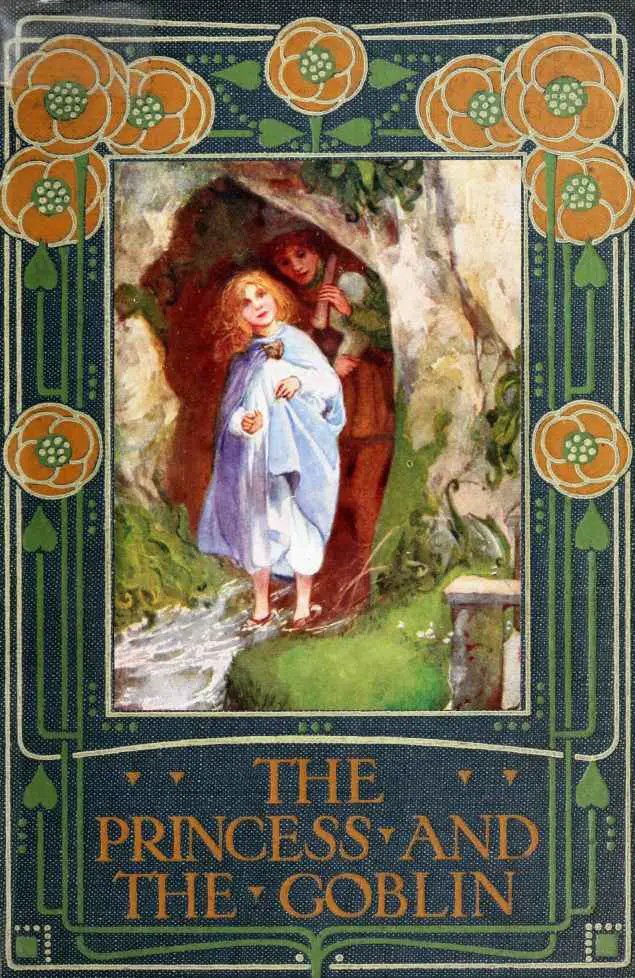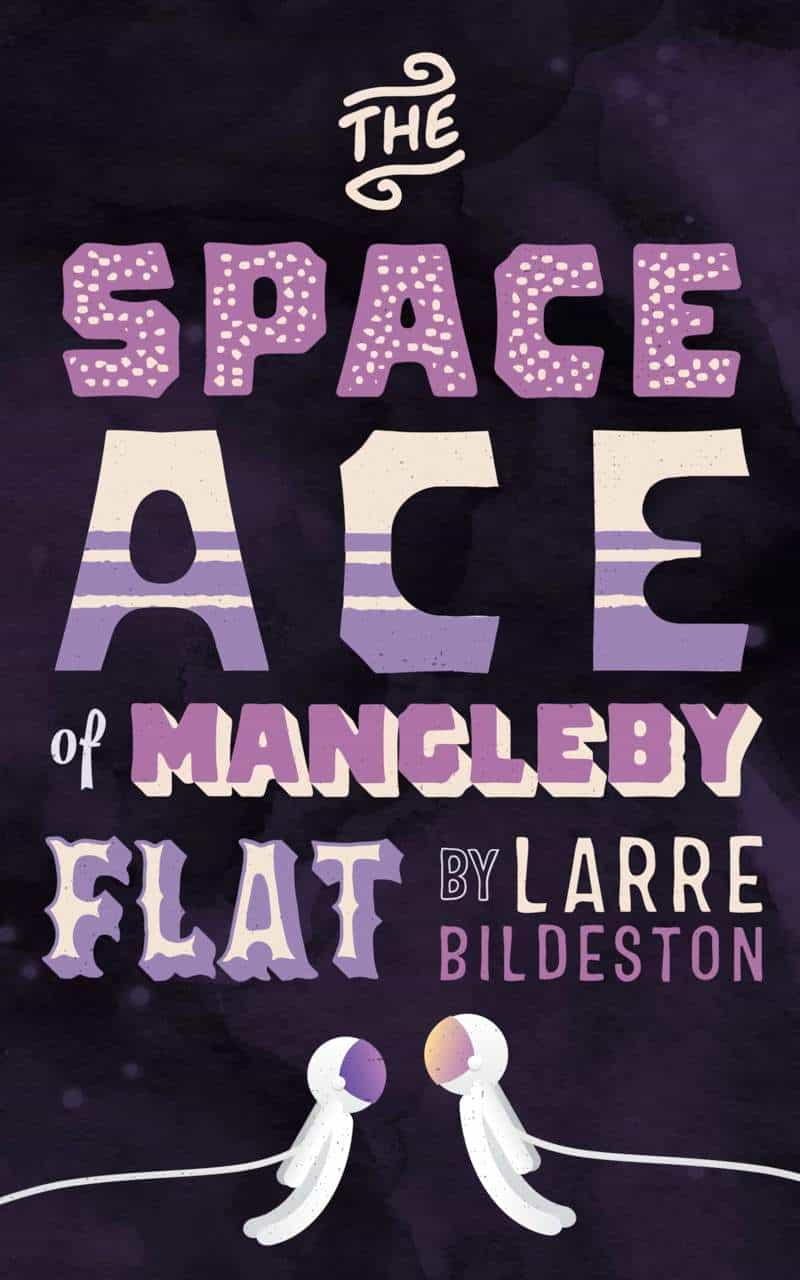WHY ALL THE PRINCESSES?
The proliferation of princesses in stories for children is partly explained by Maria Nikolajeva in Rhetoric of Character In Children’s Literature:
A structural approach to formulaic fiction, presented by John G. Cawelti (1976, 91), singles out four roles in a detective story: the victim, the criminal, the detective, and those threatened by the crime but incapable of solving it. These roles correspond to Propp’s characters of princess, villain, hero and false hero. … Traditional children’s fiction is unmistakably plot oriented. It is commonly believed that young readers are more interested in plot than in characters, as compared with adult readers. Since myths and folktales are conditioned by plot, operating with flat and static characters, early children’s books, imitating folk narratives, also concentrated on the plot, mainly exploring characters to clarify the morals of the story.
Maria Nikolajeva
So the princess trope is as useful as any other kind of trope.
PRINCESSES AND GIRLHOOD
The princess has become a symbol of naive girlhood. Ian McEwan uses the concept to illustrate a point about Briony, who is 12 or 13, on the point of adolescence when she can slip between childishness and adult precociousness in a moment. McEwan describes a defining moment in her transition to adulthood:
No more princesses! The scene by the fountain, its air of ugly threat, and at the end, when both had gone their separate ways, the luminous absence shimmering above the wetness on the gravel — all this would have to be reconsidered. With the letter, something elemental, brutal, perhaps even criminal had been introduced, some principle of darkness, and even in her excitement over the possibilities, she did not doubt that her sister was in some way threatened and would need her help.
Atonement, p113-114.
So ‘princess’ forms the opposite of the elemental, the brutal, the criminal and the dark.
ALTERNATIVE PRINCESSES
There is definitely a princess backlash going on, and in modern books for children, princesses are likely to be the subversive kind: They may well wear a crown and live in a castle, but they’ll be autonomous, “tom-boyish”, cheeky, irreverent. Some of these princess stories have a definite moral of their own: Little girls don’t have to be submissive and like pink. Or more universally: You don’t have to be behave in the way society expects you to behave.
Other picturebook authors employ the princess trope for reasons which are not entirely clear to me — perhaps based on the idea that little girls are drawn to princess culture and will therefore be drawn to their book.
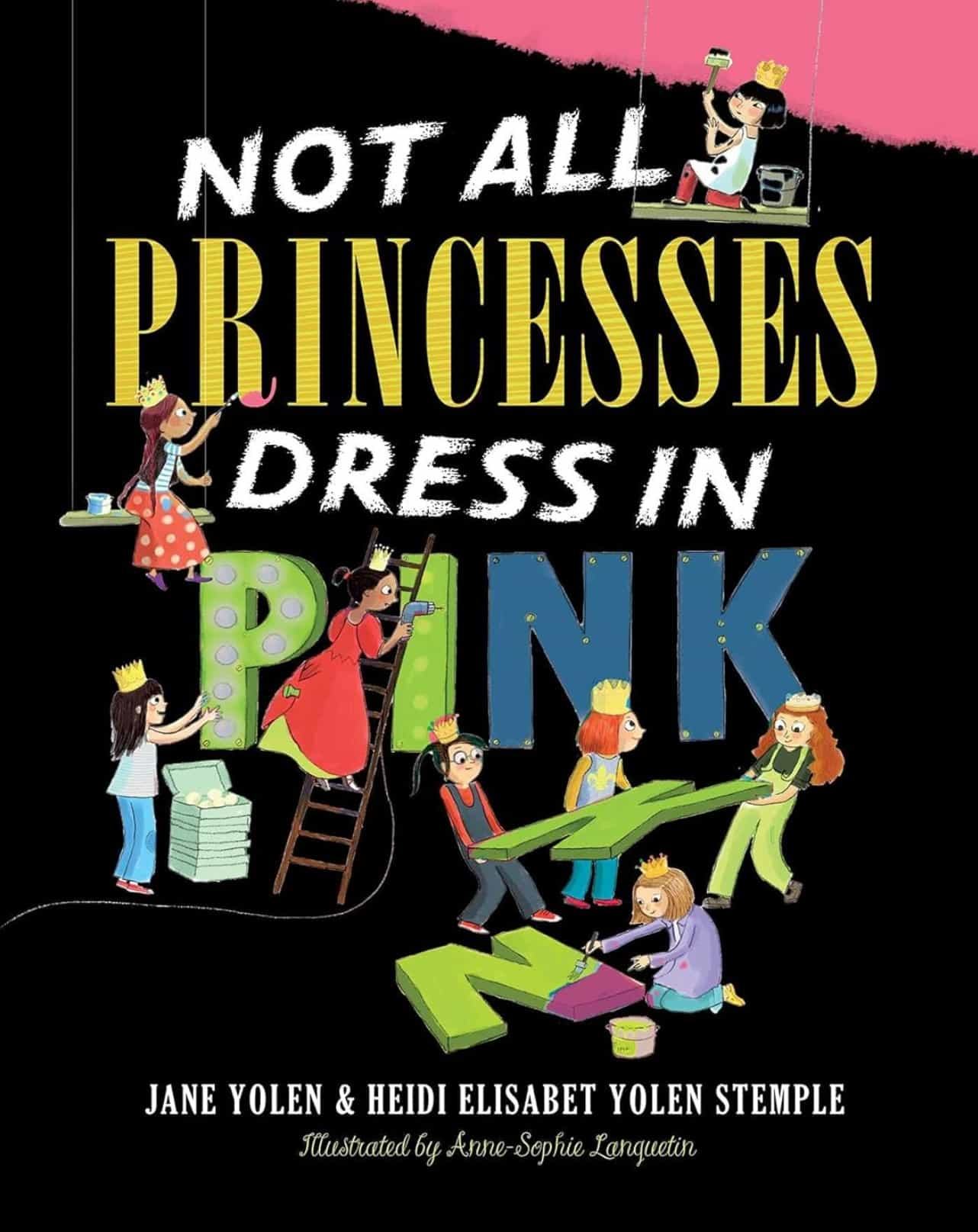

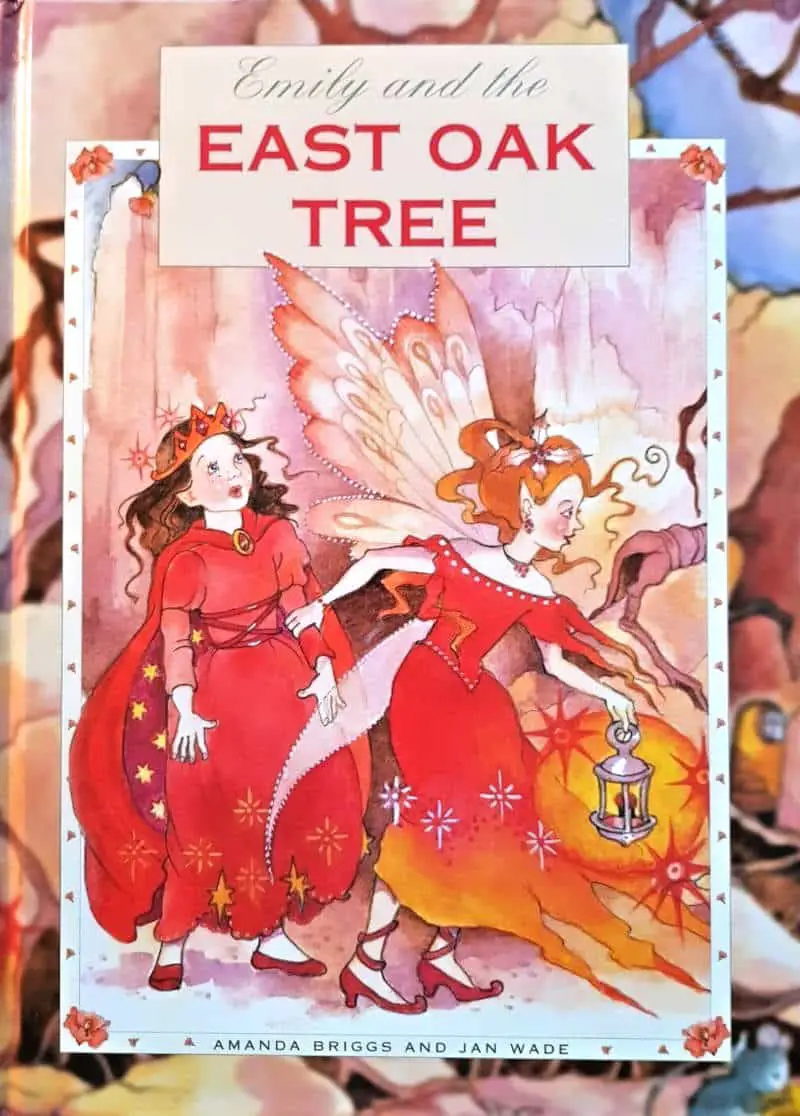
BOYS AND PRINCESSES
Princess books tend to fall into several categories:
- pink and sparkly
- fairytale and traditional
- subversive and ‘tomboyish’ and ‘feisty’
- as flawed and real
These books are purchased for and I daresay read mainly by — in public — by girls. But boys seem to like princesses, too. Or, they get princesses whether they really wanted them or not.
I recommend the article Your Princess Is In Another Castle by Arthur Chu at The Daily Beast, which is tag-lined with:
Nerdy guys aren’t guaranteed to get laid by the hot chick as long as we work hard. There isn’t a team of writers or a studio audience pulling for us to triumph by getting the girl.
We all need to understand this, and the consequences of teaching boys that if they’re good, then their prize is a big-breasted, scantily clad young woman.
Of course, feminists have been saying this for a long time. But it takes a man to write it before it gets published at a mainstream non-feminist site such as The Daily Beast.
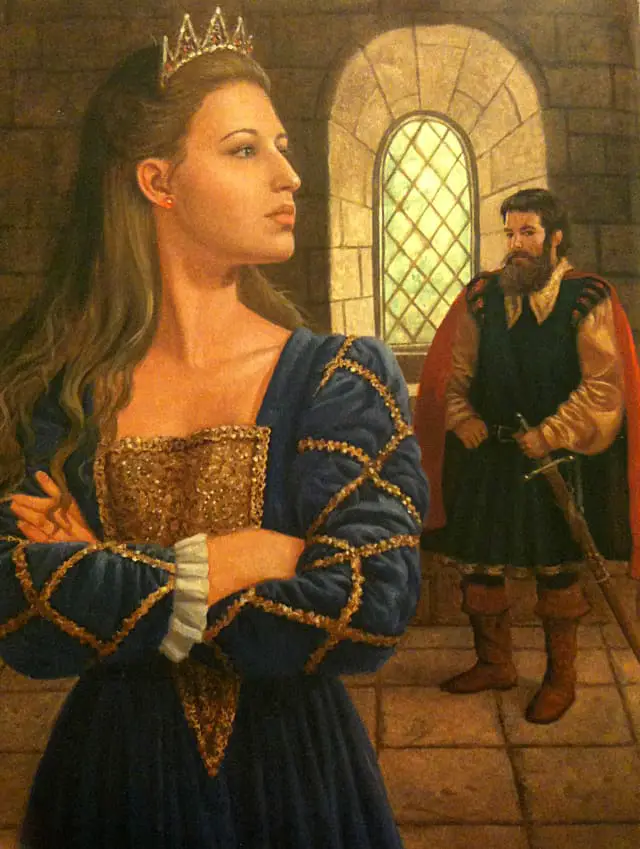
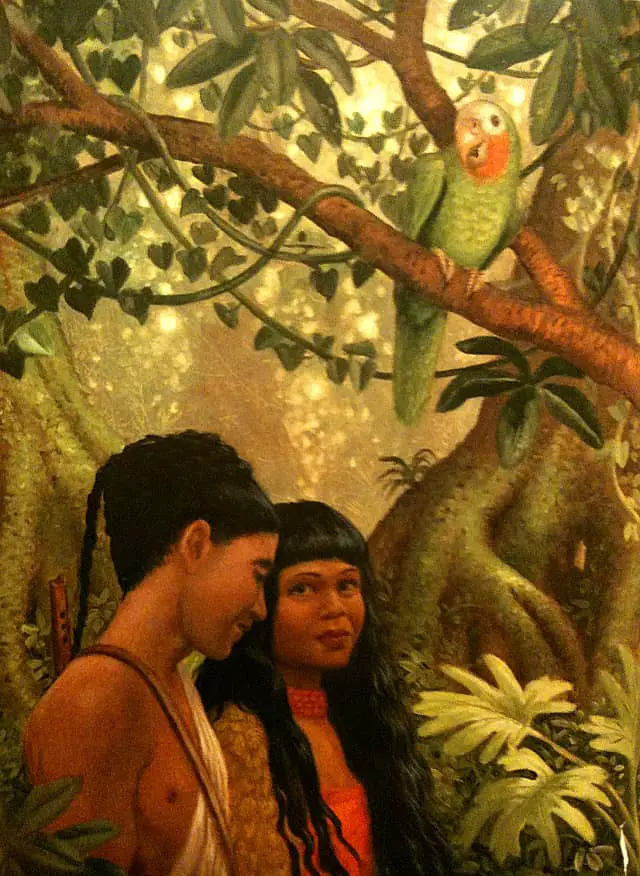
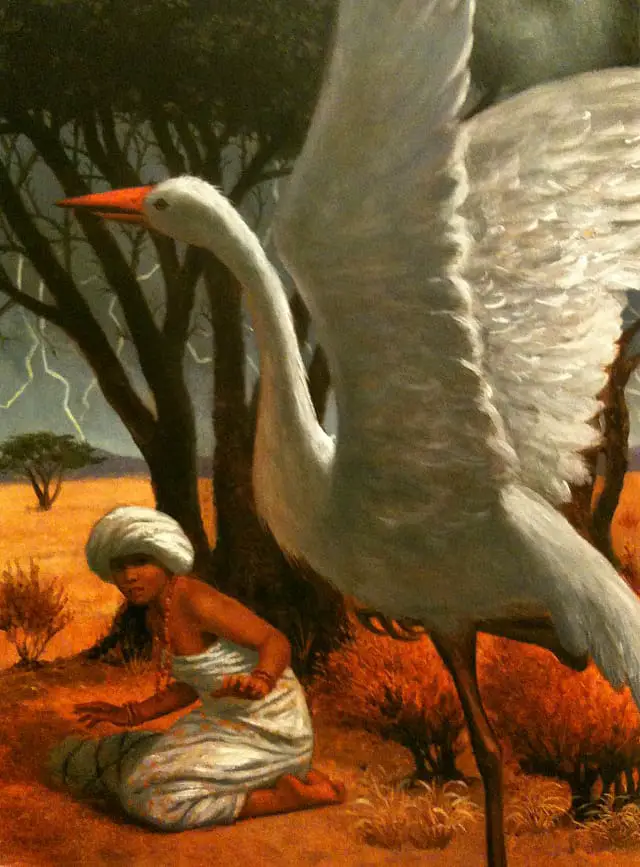
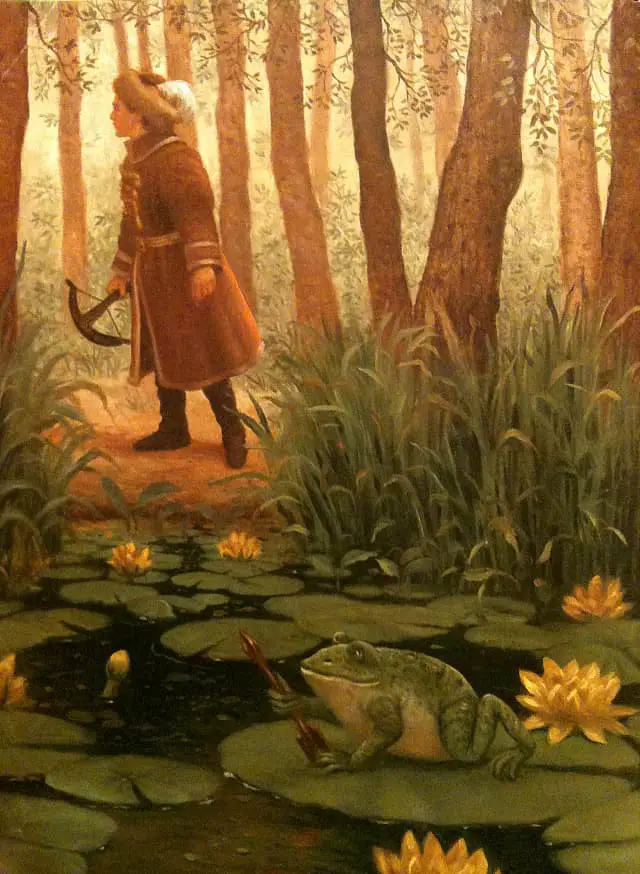
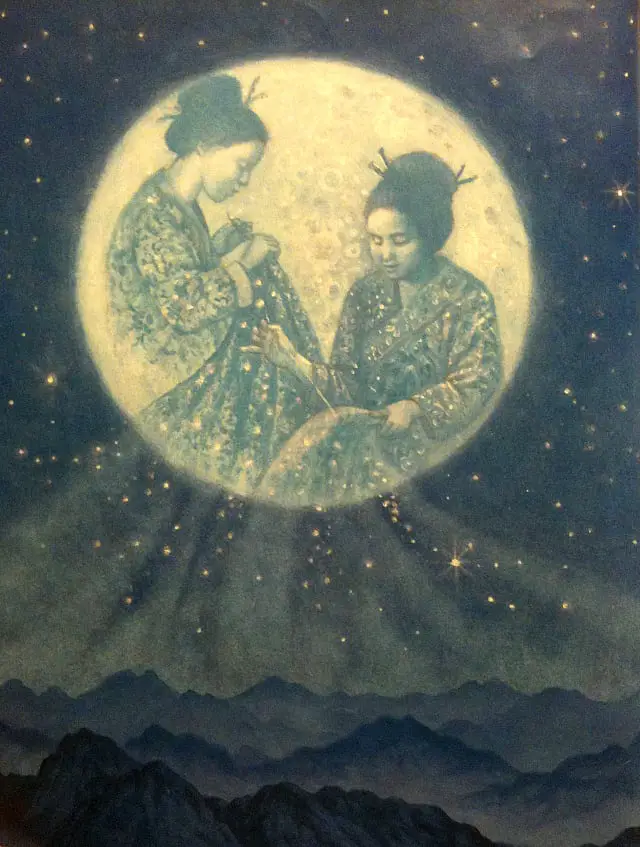
FURTHER RESOURCES
A list of positive princesses in picturebooks from No Time For Flashcards
Reminder that the book Princess Academy is actually very good from BloomsburyUS Kids/YA“PRINCESS SCIENTISTS” DRAW YOUNG GIRLS INTO SCIENCE, AND PLENTY OF CONTROVERSY from The Mary Sue
What if Disney’s Princesses were horror stories? from io9. (I would argue that some of them already are.)
Is a Disney Free Daughter Really A More Empowered One? from Jezebel
Someone takes photos of women dressed as Disney princesses and posts them to Flickr. In fact 2012 was a big year for princess memes and Internet trends. Can We Please Stop With The Hipster Disney Princesses came from Mommyish.
Meanwhile, Movieline wonders if the Anti-Princess movement has finally arrived? And by anti-princess, they mean all those princesses who don’t behave like traditional princesses but who are still princesses.
What would you do if your son wanted to dress up as a princess? I’D LET HIM.
WHAT DISNEY PRINCESSES WOULD LOOK LIKE IF THEY WERE ACTUALLY HUMAN from The Mary Sue
It’s time we all grew up and ditched the Princess Fantasy thing from The Guardian
The Psychosocial Implications of Disney Movies has plenty of information about Disney Princesses through the ages.
THE LOST PRINCESS BY ANNE E. DUGGAN
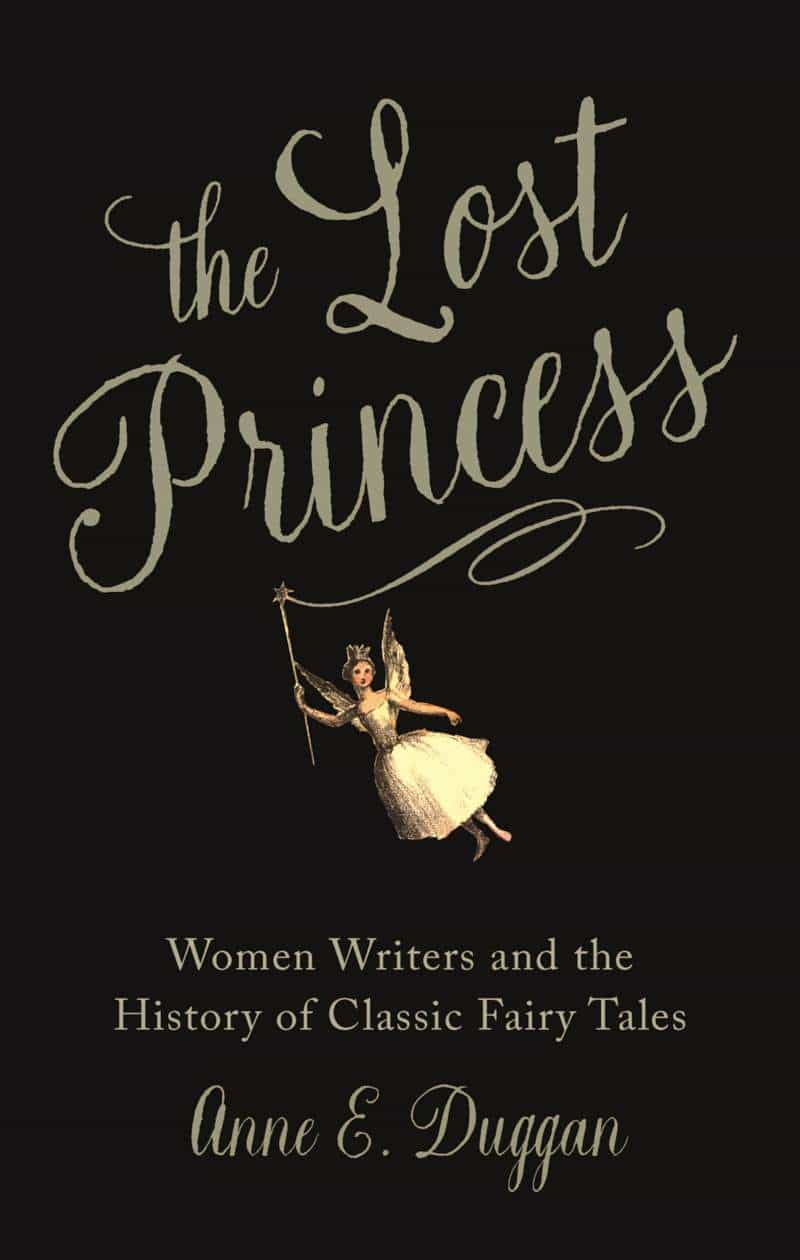
People often associate fairy tales with Disney films and with the male authors from whom Disney often drew inspiration—notably Charles Perrault, the Brothers Grimm, and Hans Christian Andersen. In these portrayals, the princess is a passive, compliant figure. By contrast, The Lost Princess shows that classic fairy tales such as “Cinderella,” “Rapunzel,” and “Beauty and the Beast” have a much richer, more complex history than Disney’s saccharine depictions. Anne E. Duggan recovers the voices of women writers such as Marie-Catherine d’Aulnoy, Marie-Jeanne L’Héritier, and Charlotte-Rose de La Force, who penned popular tales about ogre-killing, pregnant, cross-dressing, dynamic heroines who saved the day. This new history will appeal to anyone who wants to know more about the lost, plucky heroines of historic fairy tales.
